Plants of Washington, Virginia and North Carolina
For a variety of reasons I took a real interest in the plants I was seeing on this trip.
One of the first plants to catch my attention in Washington were the Southern Magnolias. We get magnolia bushes in Halifax, but they do not look anything like the very large trees found everywhere. The flowers on the Southern Magnolia are open palm size or bigger and they smell incredible
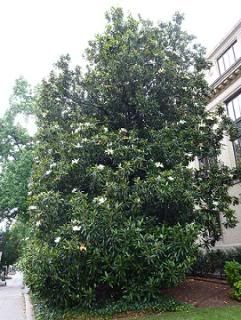
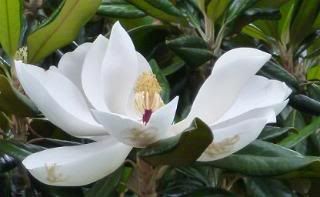
There were very fun plants at the Botanical gardens. I don’t know what the purple plant with the purple seeds is.
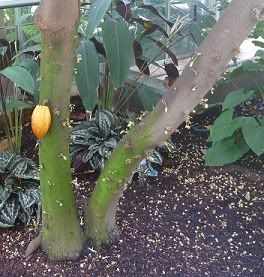
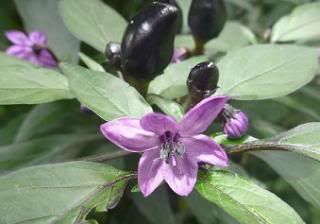
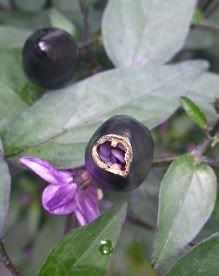

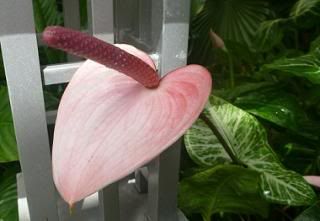
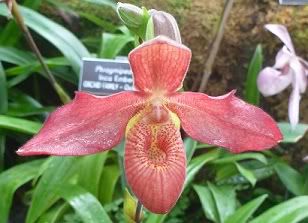
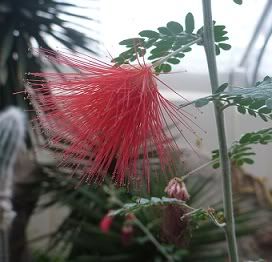
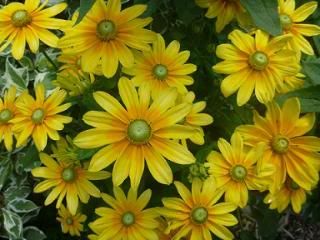
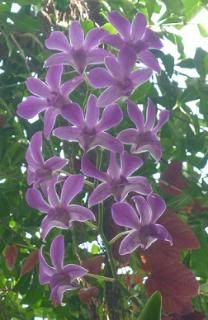

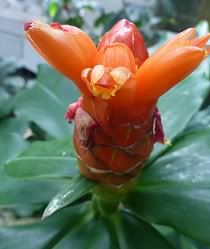
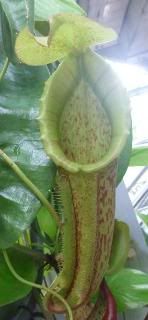
In Great Falls National Park we came across this grass. I have no idea what it is but I love the look of it.
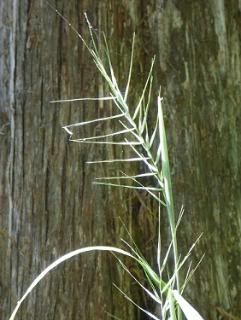
This is a Paw Paw tree and fruit. The leaves kind of remind me of a chestnut.
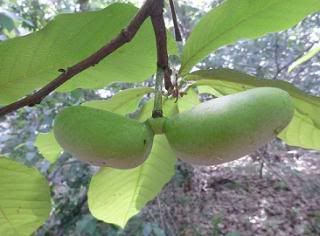
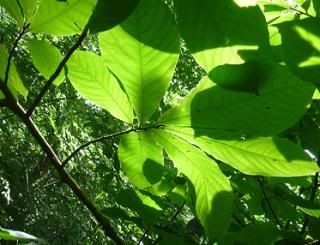
Red Bud tree, I kept calling this Red Bean tree.
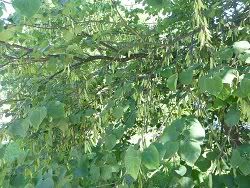
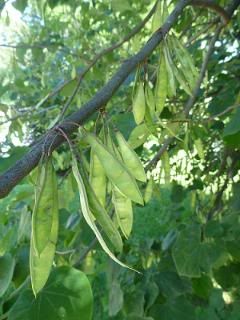
This is an ornamental cedar or juniper with structurally interesting cones.

We found this plant in Shenandoah National Park, and someone at the conference identified it for me, it’s call Cancer root, and it’s a parasitic plant on oak trees.
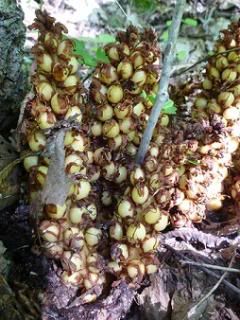
There were lots of delicate fern in the woods as well.
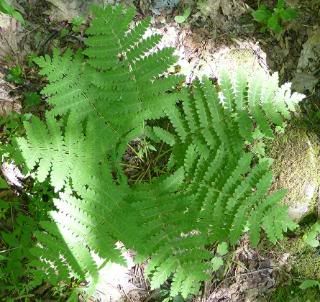
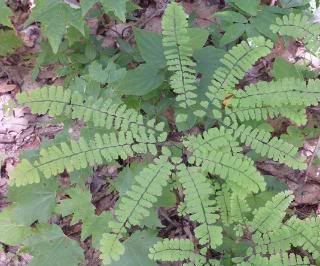
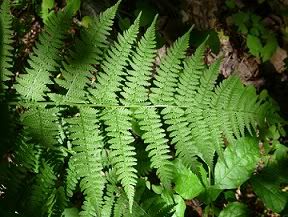
Of course where there are flowers there are pollinators.

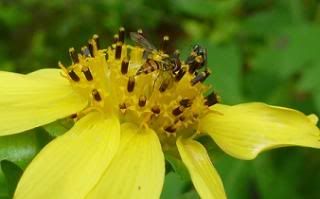

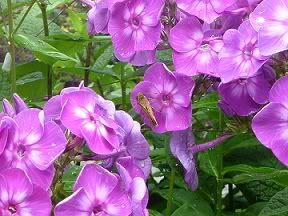
It seems to me that there were several plants that had this interesting fruit arrangement coming off a leaf midvein.
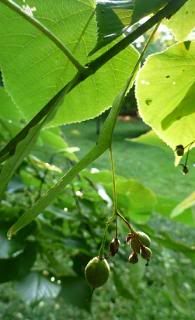
I’m not sure if this is a drumstick tree, but it has the long fruit pods that split when ripe. It was in the duke gardens .
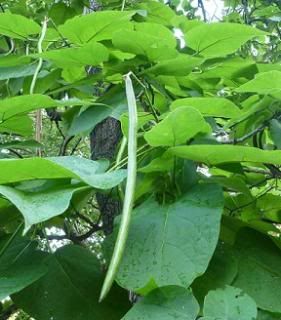
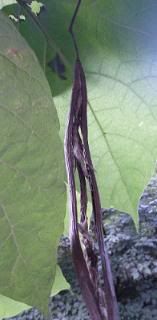
One of our group was really excited to find a live oak in the Corker Arboretum.

On the tiger lilies in the garden we kept finding these little black dots at the leaf attachment sites. Turns out these are bulbils, and when they ripen and fall off they can create a new plant!
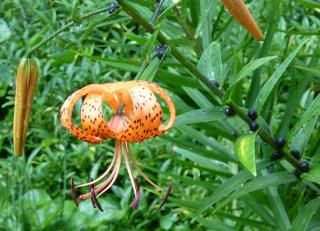
This is just pretty Echinacea
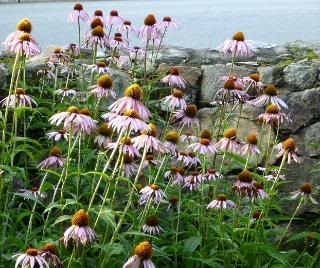
I think this plant is an Artichoke thistle.
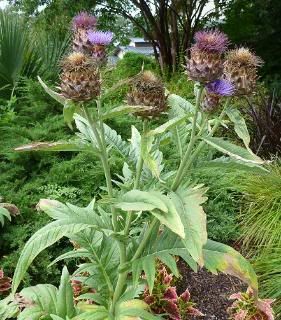
Look at this banana flower! You can see the fruit spiraling behind it.
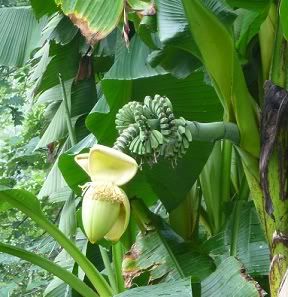
This is just a pretty wet leaf picture.
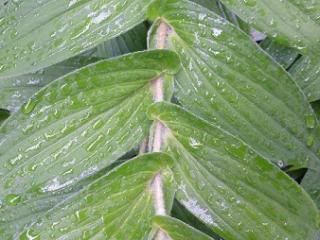
This is a tulip tree. I get the impression that there are two trees with the common name of tulip tree. One has flowers that look like tulips and the other has leaves which look like tulips.
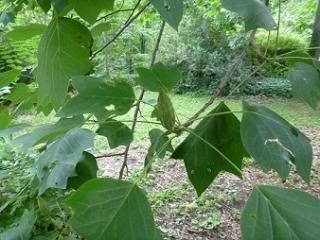
This is the dawn redwood. At first this tree was only known from the fossil record, and the fossils indicated forests in the far north. In 1944 a living tree was found during an expedition to China. Like Tamarak, these trees dropped their needles in the winter. Our garden guide suggested this was because the winters in the latitudes they were found out still consisted of months of darkness, so dropping their needles would conserve energy when no sunlight was around.
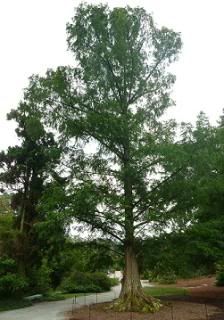
Ginkgo leaves and fruit.
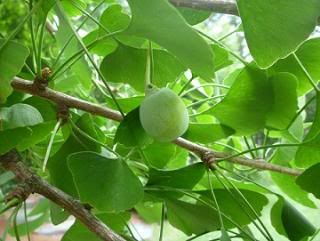

Waterlilies and lotus.
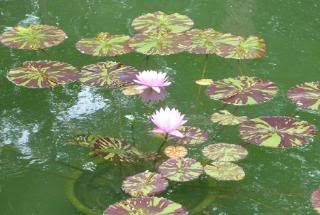

These were in the formal part of the Duke garden.
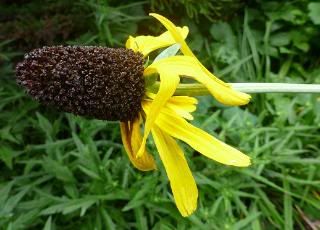
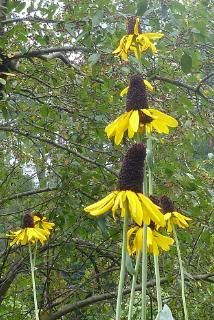
These tiny plants are duckweed, the smallest flowering plant.
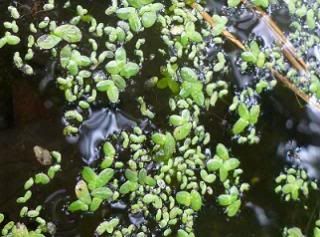
One of the first plants to catch my attention in Washington were the Southern Magnolias. We get magnolia bushes in Halifax, but they do not look anything like the very large trees found everywhere. The flowers on the Southern Magnolia are open palm size or bigger and they smell incredible


There were very fun plants at the Botanical gardens. I don’t know what the purple plant with the purple seeds is.












In Great Falls National Park we came across this grass. I have no idea what it is but I love the look of it.

This is a Paw Paw tree and fruit. The leaves kind of remind me of a chestnut.


Red Bud tree, I kept calling this Red Bean tree.


This is an ornamental cedar or juniper with structurally interesting cones.

We found this plant in Shenandoah National Park, and someone at the conference identified it for me, it’s call Cancer root, and it’s a parasitic plant on oak trees.

There were lots of delicate fern in the woods as well.



Of course where there are flowers there are pollinators.




It seems to me that there were several plants that had this interesting fruit arrangement coming off a leaf midvein.

I’m not sure if this is a drumstick tree, but it has the long fruit pods that split when ripe. It was in the duke gardens .


One of our group was really excited to find a live oak in the Corker Arboretum.

On the tiger lilies in the garden we kept finding these little black dots at the leaf attachment sites. Turns out these are bulbils, and when they ripen and fall off they can create a new plant!

This is just pretty Echinacea

I think this plant is an Artichoke thistle.

Look at this banana flower! You can see the fruit spiraling behind it.

This is just a pretty wet leaf picture.

This is a tulip tree. I get the impression that there are two trees with the common name of tulip tree. One has flowers that look like tulips and the other has leaves which look like tulips.

This is the dawn redwood. At first this tree was only known from the fossil record, and the fossils indicated forests in the far north. In 1944 a living tree was found during an expedition to China. Like Tamarak, these trees dropped their needles in the winter. Our garden guide suggested this was because the winters in the latitudes they were found out still consisted of months of darkness, so dropping their needles would conserve energy when no sunlight was around.

Ginkgo leaves and fruit.


Waterlilies and lotus.


These were in the formal part of the Duke garden.


These tiny plants are duckweed, the smallest flowering plant.
